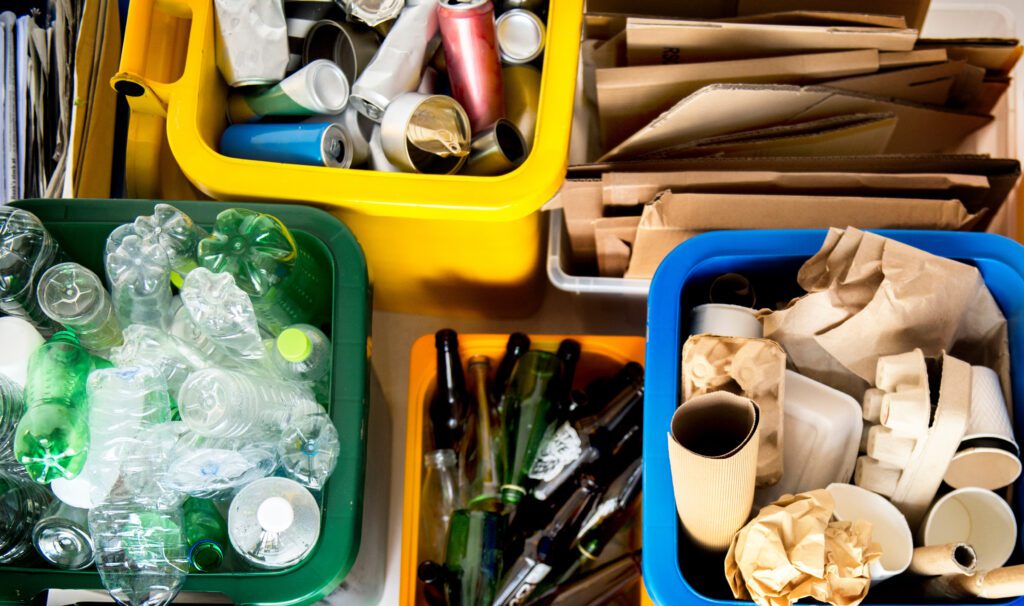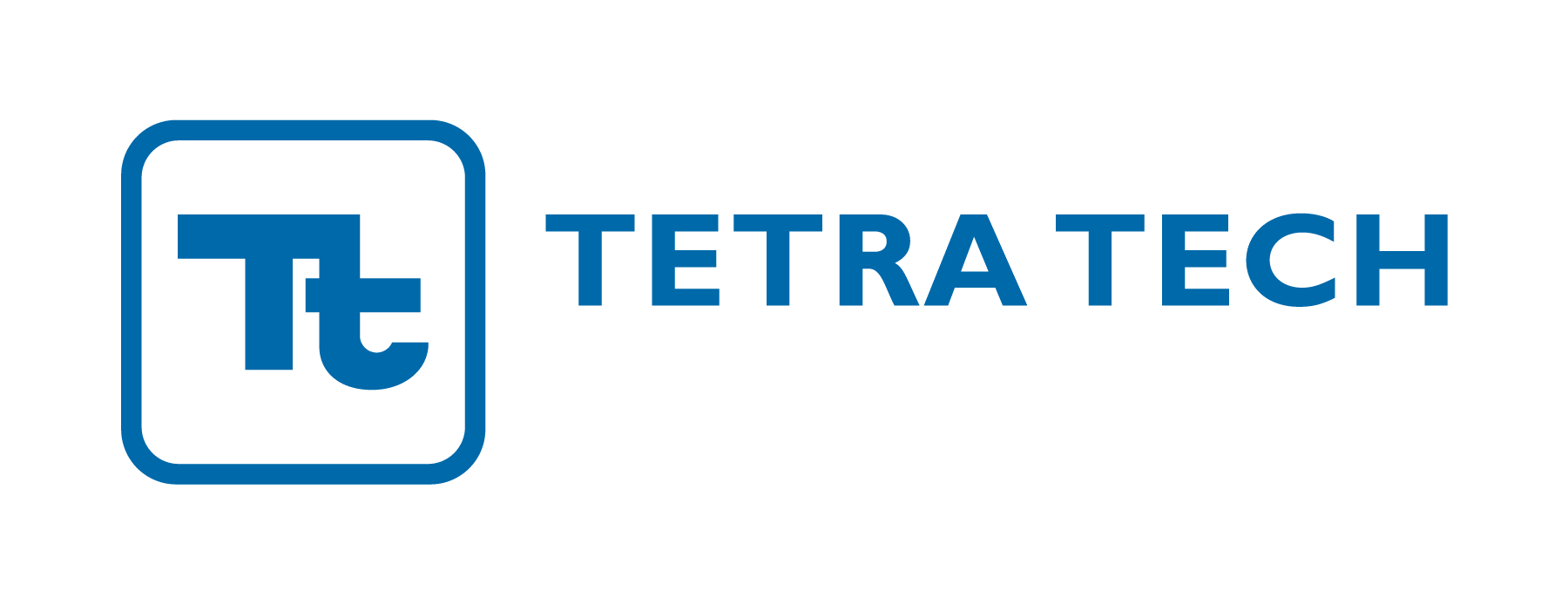As sustainability and waste reduction initiatives spread across Europe, Italy has implemented strict packaging regulations to align with environmental and circular economy goals. These regulations affect anyone placing packaged goods on the Italian market, making compliance essential for smooth business operations.
Italy’s packaging laws are primarily governed by the Environmental Code, specifically Legislative Decree No. 152/2006, which establishes comprehensive waste management policies, including those for packaging. A key amendment, Legislative Decree No. 116/2020, further reinforced Extended Producer Responsibility (EPR) requirements and introduced mandatory environmental labeling for all packaging released for consumption in Italy.
At the heart of these regulations is CONAI (Consorzio Nazionale Imballaggi), Italy’s National Packaging Consortium, which oversees EPR compliance, packaging waste management, and sustainability efforts. Businesses must understand their obligations under CONAI’s framework, including registration, reporting, and financial contributions based on the type and quantity of packaging placed on the market.
This guide breaks down who is impacted, key compliance requirements, and penalties for non-compliance. The goal is to help businesses navigate Italy’s evolving packaging requirements.
Who Is Impacted by Italy’s Packaging Regulations?
Italy’s packaging regulations apply to anyone placing packaged goods on the Italian market, including:
- Manufacturers: Companies producing packaged goods within Italy
- Importers: Businesses importing packaged products into the Italian market
- Distributors and Retailers: Including e-commerce platforms selling to Italian consumers
These regulations apply to both commercial and industrial packaging and encompass various packaging materials such as plastics, paper/cardboard, glass, metals, wood, textiles, and composite materials.
Key Requirements for Businesses
To meet compliance requirements under Italy’s packaging regulations, businesses must take the following steps:
1. Register with CONAI
Before placing packaged products on the Italian market, businesses are required to register with CONAI, the national packaging consortium responsible for managing packaging waste and ensuring compliance with EPR obligations.
2. Appoint an Authorized Representative
Importers without a legal entity in Italy must designate a third-party representative within the country to fulfill their compliance obligations under EPR laws.
3. Participate in Recycling of Materials
Businesses are obligated to contribute financially to the collection, sorting, and recycling of packaging waste by paying fees to CONAI. These fees are determined based on the type and quantity of packaging materials placed on the market. Italy employs a system of modulated fees, incentivizing environmentally friendly packaging designs. Packaging that is easily recyclable or incorporates recycled materials may incur lower fees, while less sustainable options could incur higher fees.
4. Report Packaging Data
Businesses must regularly report the volumes and types of packaging they place on the Italian market to CONAI. Accurate reporting ensures appropriate fee application and effective monitoring of recycling targets. If precise data is unavailable, businesses may use estimates based on product specifications, supplier information, or industry benchmarks.
The reporting frequency—monthly, quarterly, or annual—is determined by the total Environmental Contribution (EPR fee, which is bases on packing type and volume) declared for each material in the previous year. All periodic declarations are due by the 20th of the month following the reporting period. For example, if a company is required to report quarterly, their Q1 report (covering January through March) would be due by April 20th. Similarly, monthly reports for January would be due by February 20th. It’s essential for businesses to adhere to these reporting schedules to ensure compliance with Italy’s packaging regulations and to avoid potential penalties.
Risks of Non-Compliance
Non-compliance with Italy’s packaging regulations can lead to significant penalties, including:
- Fines: Financial penalties ranging from €5,200 to €40,000, depending on the severity and nature of the violation
- Sales Bans: Prohibition from selling products in the Italian market until compliance is achieved
- Legal Action: Potential lawsuits initiated by competitors or consumer protection agencies
Additionally, failure to register with CONAI or fulfill Extended Producer Responsibility (EPR) obligations may result in increased scrutiny and enforcement actions by Italian authorities.
Looking Ahead
The Packaging and Packaging Waste Regulation (PPWR), effective as of February 11, 2025 will have a direct impact on Italy’s packaging regulations when it’s provisions becomes applicable on August 12, 2026. As an EU Regulation, it will automatically override conflicting national laws, requiring Italy to align with harmonized EU-wide standards. Key changes include mandatory recyclability for all packaging by 2030, new reuse and refill targets, and standardized labeling requirements.
Businesses will need to redesign packaging, update labeling, and meet stricter sustainability benchmarks to comply. Companies involved in packaging production, import, or distribution should proactively monitor these developments and prepare for significant regulatory adjustments to maintain compliance and market access.
Need Help with Italy’s Packaging Compliance?
Navigating these evolving regulations can be complex, and non-compliance could lead to costly fines and restricted market access. At Tetra Tech, we have years of product compliance expertise across Europe, offering tailored solutions to help your business meet its compliance obligations effectively.
Contact our team today at [email protected] to simplify compliance and protect your market access.
This is the third installment in our blog series on packaging regulations across key EU member states. For detailed insights into other countries’ requirements, explore the articles linked below.
Part 1 (Germany): German Packaging Act (VerpackG): A 2025 Guide to International Packaging Laws (Part 1)
Part 2 (France): France Packaging Regulations: A 2025 Guide to International Packaging Laws (Part 2)
Part 3 (Italy): Italy’s Packaging Regulations: A 2025 Guide to International Packaging Laws (Part 3)
Part 4 (Ireland): Ireland’s Packaging Regulations: A 2025 Guide to International Packaging Laws (Part 4)
Part 5 (The Netherlands): The Netherlands Packaging Management Decree: A 2025 Guide to International Packaging Laws (Part 5)
Part 6 (Belgium): Belgian Packaging Regulations: A 2025 Guide to International Packaging Laws (Part 6)






